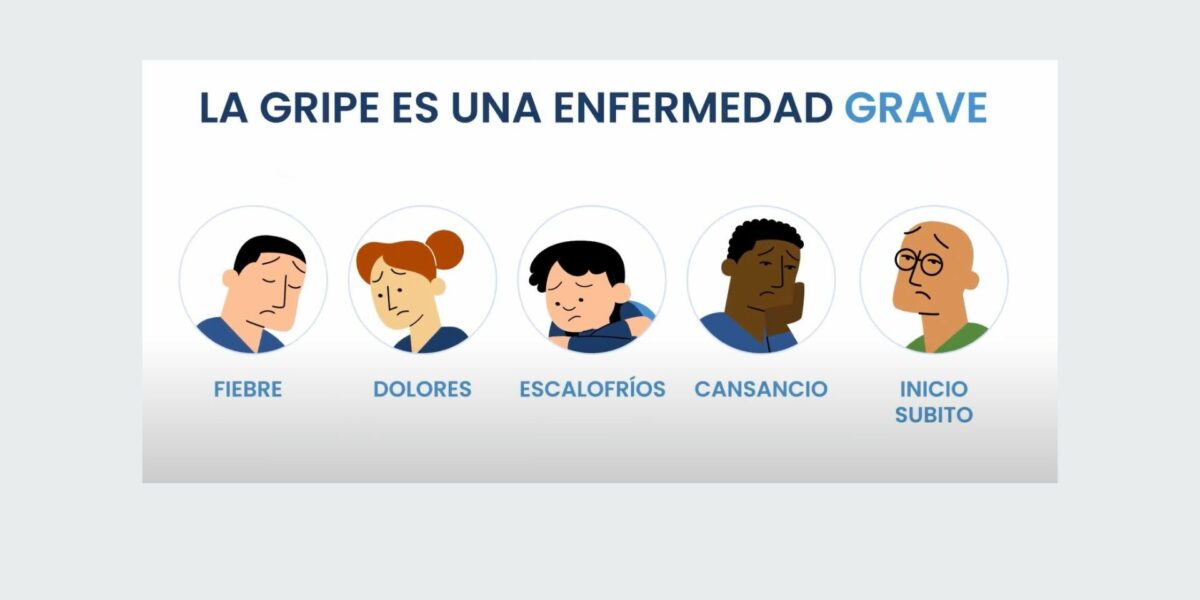
There are prescription medications [influenza (flu) antiviral drugs] that can be used to treat flu illness. To help prevent serious flu-related complications, including hospitalization and death, the Centers for Disease Control and Prevention (CDC) recommends prompt treatment for individuals who have flu or suspected flu and who are at higher risk of serious flu complications, including:
- adults age 65 years and older
- those hospitalized with flu or who have worsening flu illness
- those with certain chronic health conditions
- children younger than age 5 years (especially those younger than age 2 years)
- pregnant women
Flu antiviral drugs are not currently sold over the counter and are only available with a prescription. Antiviral drugs are different from antibiotics, which fight against bacterial infections, and are not a substitute for annual flu vaccination.
Treatment of flu with antiviral drugs can shorten the duration of illness and help prevent serious flu-related complications, like pneumonia. Flu antivirals work best when taken within 48 hours of getting sick, but may still be beneficial when given later.
Antiviral drugs are safe and effective. CDC recommends the use of 4 FDA-approved antiviral drugs to treat flu: oseltamivir phosphate, zanamivir, baloxavir marboxil, and peramivir (which is only available intravenously and should only be used in hospitalized patients). Recommendations for the use of each of these antivirals can vary by age. Only 1 antiviral drug (oral oseltamivir) is recommended for use in pregnant women. Healthcare professionals are best equipped to determine if flu antiviral treatment is needed and which drug is most appropriate.
Because it is important to start an antiviral medication quickly, patients at higher risk for severe flu illness should contact a healthcare professional at the first signs of flu symptoms, which may include: fever, aches (muscle, body, and headaches), chills, tiredness, with sudden onset. Note that fever is less common in older adults. Other symptoms may include a cough, runny/stuffy nose, and/or sore throat. Some individuals with flu may experience vomiting and diarrhea, though this is more common in children than adults.
Healthcare professionals may treat patients based on their clinical judgment and knowledge about the level of local flu activity. Diagnostic tests are available to help guide treatment and can help distinguish between flu and COVID-19.
For additional information, see CDC Influenza Antiviral Medications: Summary for Clinicians
Reviewed September 2024
Source: Centers for Disease Control and Prevention
Related Resources

What Is an Antiviral?
Overview of antivirals—what they are, how they work, and what diseases they help treat

Don’t Be A Dreaded Spreader
In this episode, NFID experts offer insights on updated recommendations from the Centers for Disease Control and Prevention (CDC) to help prevent the spread of respiratory viruses, including COVID-19, influenza (flu), and respiratory syncytial virus (RSV)

¿Eres Ese Tipo de Persona?
Animated video in Spanish on flu symptoms, prevention, and treatment, reminding viewers to get vaccinated each year and stay home when sick to help protect themselves and those around them from flu
